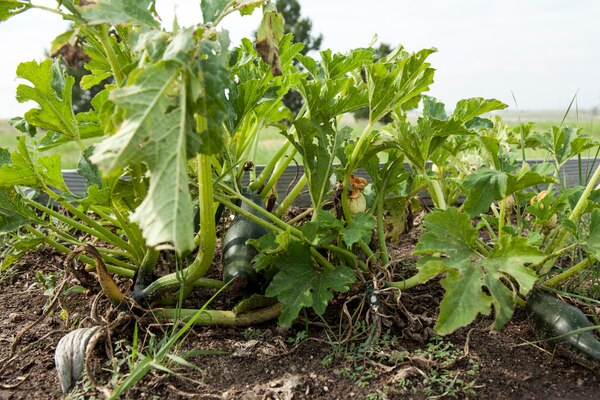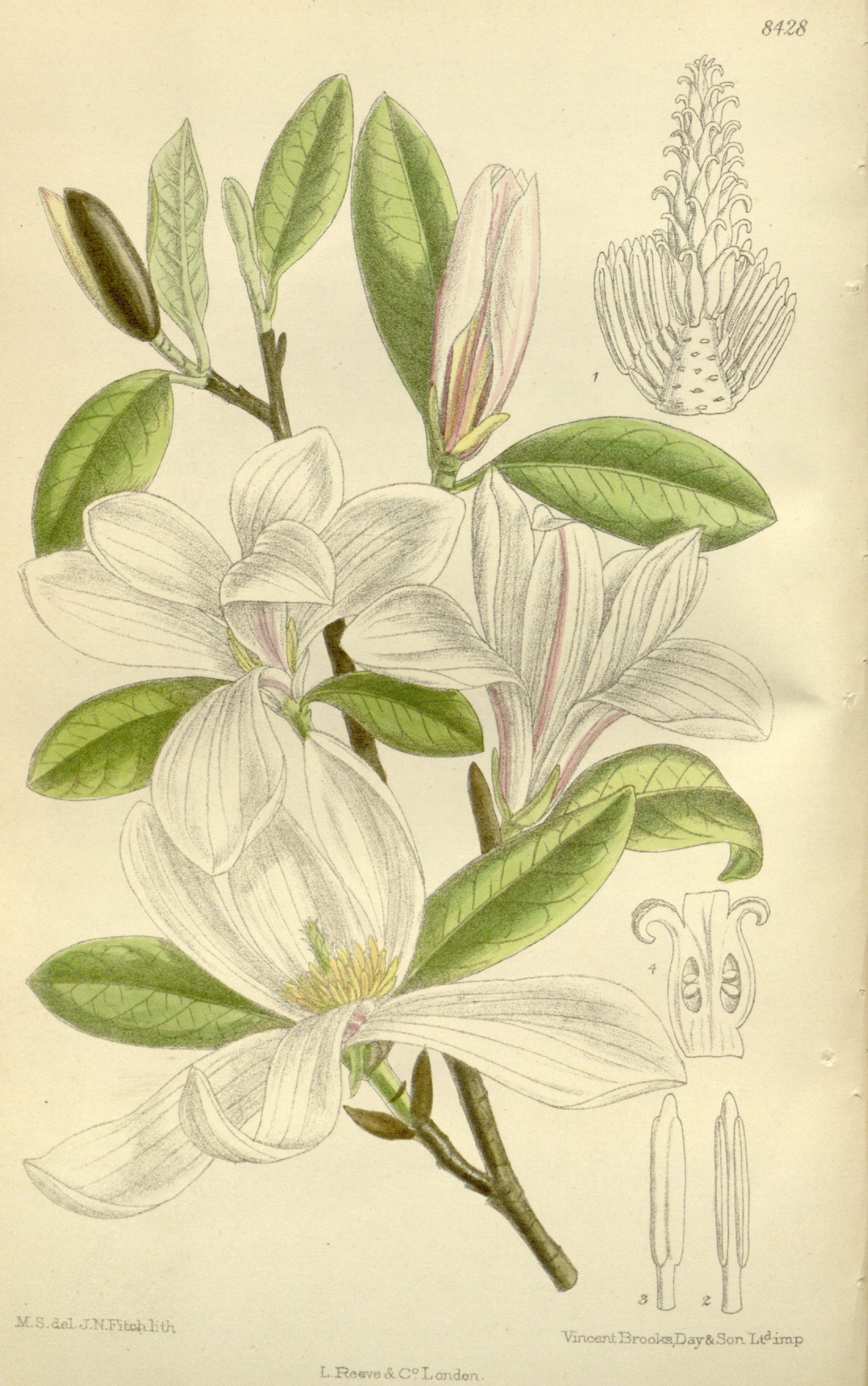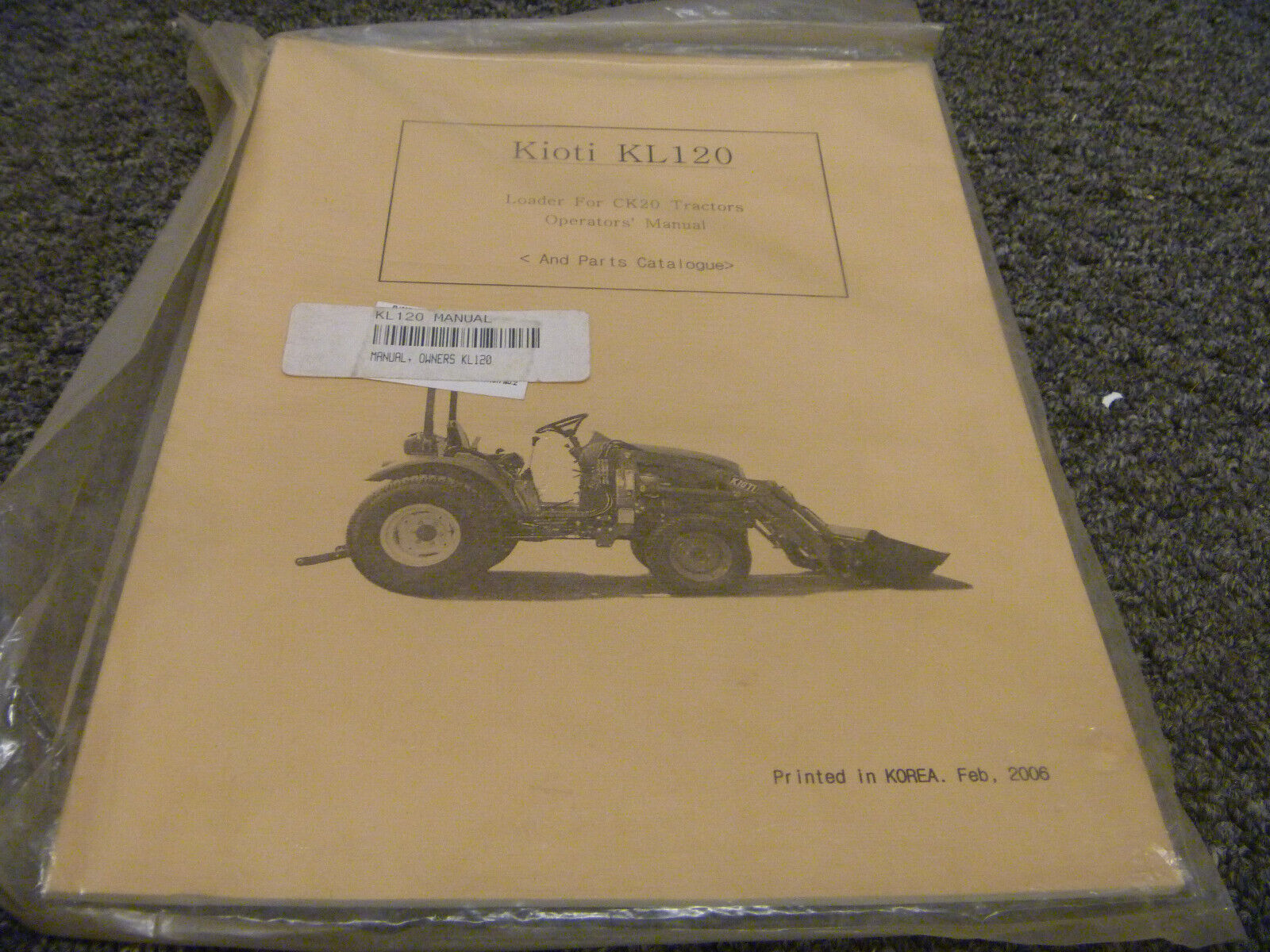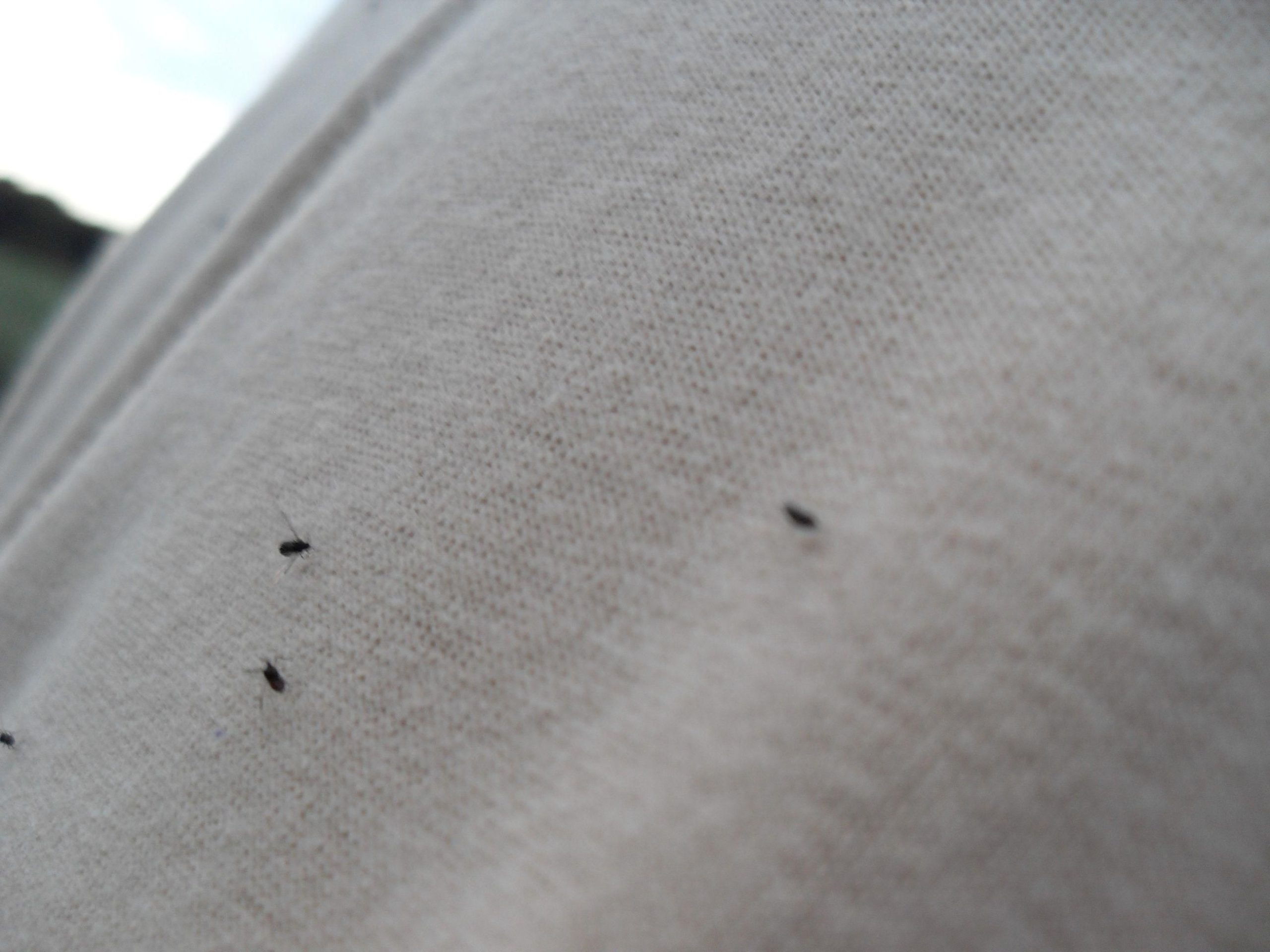Young or newly transplanted vines are more likely to survive their first winter in a cold climate if they receive some special protection. Questionably hardy vines, or those planted in exposed areas, may need protection every year of their life. In any case, a vigorous, well-grown plant has the greatest chance of resisting winter damage.
All vines, in general, and evergreens, in particular, need plentiful moisture in the soil until it freezes. This is your best insurance against late winter and early spring “burning,” in which warmth and sunlight draw moisture from the leaves before the soil is thawed and the roots are ready to send up moisture from below.
For extra protection, mulch the soil over the vine’s roots with several inches of buckwheat or cottonseed hulls, salt hay or straw, ground corncobs or sugar cane, or similar material. Snow is an excellent mulch, while it lasts.
Or make an eight-inch mound of soil over the roots and around the base of the stems, and wrap the rest of the stems in burlap. In extreme climates, loosen the roots on one side of a deciduous vine, lay its trunk or stems down in a trench dug out from the other side, and cover the whole with soil until early spring.
Don’t plant vines and kentia palms in open areas where gusty winter winds can whip them loose from their supports. After a sticky snowstorm. Gently push or shake off heavy drifts caught by upper branches. Or provide a windbreak of trees or shrubs or a screen of burlap or evergreen boughs.
In any climate, keep in mind that plants can stand a gradual drop in temperature more readily than a sudden frost or freeze, particularly if it occurs very early or very late in the dormant season. When unseasonal cold threatens, the simple expedient of covering the top of a vine with a tent of newspaper or plastic overnight may often save its life.




